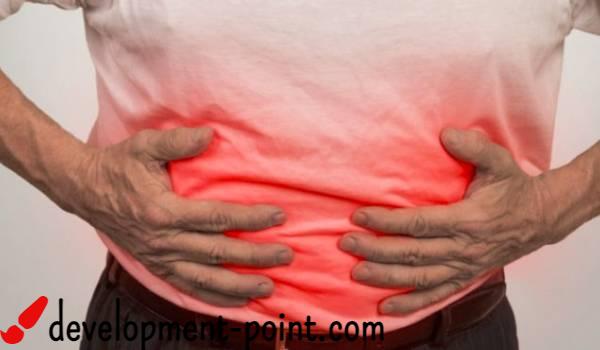Method of first aid for angina pectoris
Angina pectoris is one of the most common diseases in the world and young people and the elderly may be exposed to it, so knowing first aid for angina is one of the most important things that you should be aware of, and in this article we will address this point specifically and show you how to help yourself and others in the event of exposure to this serious condition.
How does angina occur?
Is the occurrence of pain in the chest area as a result of a decrease in the rate of blood flow to the heart muscles, and it is one of the dangerous and life-threatening conditions. Also, this condition may be an initial indicator of the risk of heart attack or stroke.
And angina pectoris is divided into two types: stable angina, which is the most common and widespread type, and the other type is unstable angina, which is the most dangerous and influential type.
First aid for angina pectoris
As for the first aid for angina in the event of exposure to it, whether it is stable or unstable, it is represented in the following:
Medication ambulance
In the event of exposure to angina pectoris, especially stable angina pectoris, it is necessary to take specific medications for the condition, which have been advised by the specialist doctor who is following your case in the event of angina attacks previously, especially stable and non-sudden angina pectoris.
In the event that a person in front of you is exposed to this crisis, then ask him about his angina medications to give him the dose and stop the symptoms of angina, and this often happens with stable angina as well.
Mostly in the case of first aid for angina pectoris, glycerol trinitrate or what is known as GTN nitroglycerin is used, and it is in the form of sprays or tablets under the tongue. If the condition does not subside after five minutes, another dose can be taken.
Ambulance comfort
In the event that you or anyone in front of you suffers from angina pectoris, you must stop any activity that you or he is doing, and complete rest and calmness, help the injured person to sit down and reassure him.
The best position in the event of this crisis is to sit on the floor with the knees bent and the head and shoulders supported by placing pillows behind them.
Seek medical help
In the event that the condition of the person suffering from angina pectoris does not improve after resting and receiving his medications, or in the event of exposure to sudden and unstable angina, it is better to call immediately and seek immediate and urgent medical assistance, so that the patient is treated in the most appropriate manner for his condition and transferred to the hospital for treatment.
Avoid angina attacks
If you have stable angina and are using medications to control your condition, it is best to avoid this condition and take your medications regularly to avoid an attack, especially before any strenuous activity or exercise.
When does the condition stabilize after angina?
If the condition improves and the pain goes away after about 15 minutes of taking the medications and complete rest, this is a sign that the health crisis has passed safely, and normal life can be returned. It is best in the case of anxiety about the condition and the fear of its recurrence again in a sudden and unstable manner. It is better to seek medical advice and refer to the specialist doctor.

